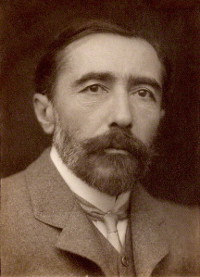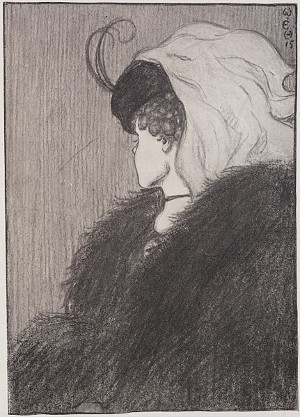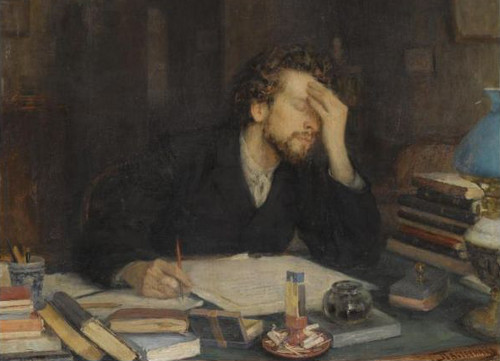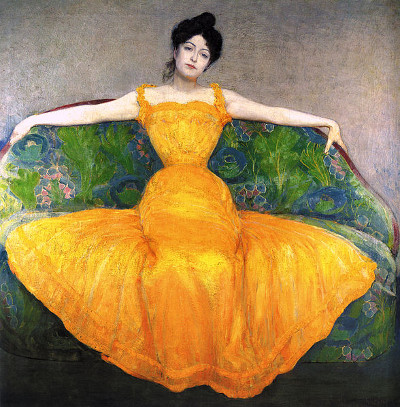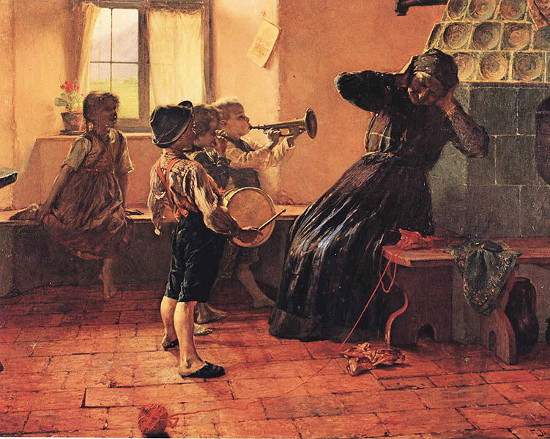“Bored silly” one day, science fiction author Damon Knight and his wife invented logogenetics, “the new science of selling stories without actually writing”:
- Get two books and open each to a random page.
- Choose a word from the first book and then another from the second that might reasonably follow it. Write these down.
- Read the next word in each book. Write these down.
- Continue in this way, discarding “lousy” words as necessary, until you’ve spliced together an entire story.
As an example, Knight combined A.E. van Vogt’s The World of Null-A with Ray Bradbury’s “The Golden Apples of the Sun” to produce The World of Null-Apples, by A. Ray Van Vogtbury:
Gosseyn moved, but around the door.
‘Swallow the pills.’ In the sky with great desperate coming-in, danger flowering unreal whistlings, Prescott quietly said, ‘From the women that saw it, helicopters will blizzard.’ The hotels, the private people, cities that rose to strange power. Warm, strangely, with easy pink picture faces, because the race of bound men would sound mysterious. ‘You opposed the assault, man!’
Murder. Two supposed chocolate Gosseyn malteds. He smiled curtly, for the mute problem would slowly, reluctantly untangling, tell him the partial color acceptance. It again was a picture of a mind, dark, closer to sanity, one uneasy white reverie shining down. …
Logogenetic writing seldom makes sense, but Knight points out that it’s ideal for writing little books to go with exhibitions of ultramodern art. And he found it particularly entertaining to combine how-to articles from Woman’s Day:
With a whisk knife, sweep 3/4 inch under crust. Vacuum 1 cup grated pedals or rugs. Spread seats in trunk; put dirt on floor. Bake 1 tablespoon moderate detergent, 325° F., in hot bucket. Break upholstery apart, and serve.
UPDATE: A reader tells me that computer algorithms using Markov chains have been used similarly to marry texts — here’s Alice in Wonderland combined with Genesis and Revelations.

